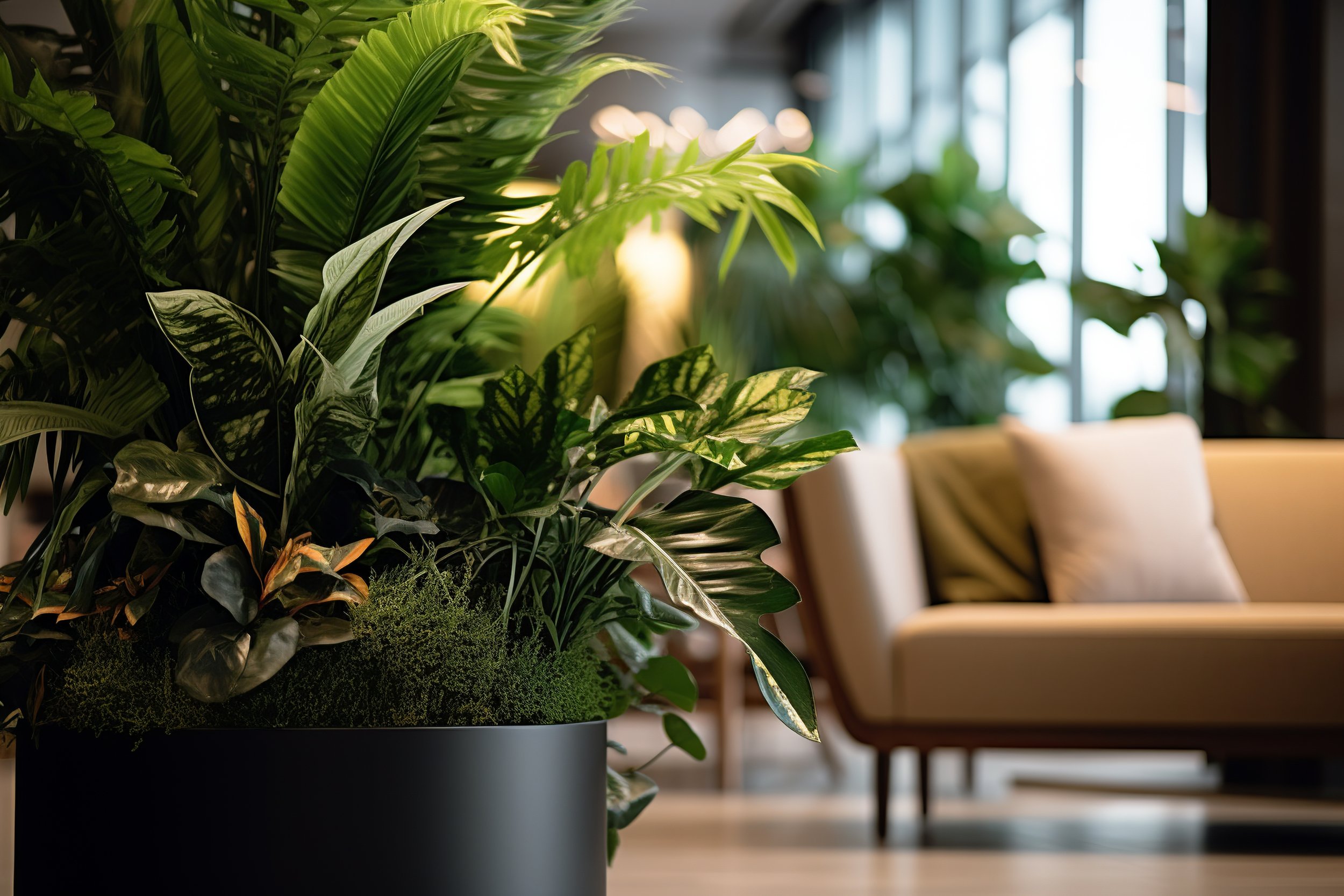Biophilic Design
Biophilia- "the urge to affiliate with other forms of life" (1984 E. O. Willson)
Today, it is widely accepted that animals cannot thrive in zoo cages because it is not their natural habitat. However, we consider life in concrete cities to be "normal" for our society, even though for thousands of years in human history, we have been an integral part of the natural environment. It's only since the Industrial Revolution that we have become disconnected from nature.
Biodiversity is being eliminated in cities and towns, and modern, hyper-sterile buildings and interiors lack natural stimuli, further separating us from the natural environment. This is a real problem in developed societies.
Erich Fromm first introduced the term "biophilia," defined as "the passionate love of life and of all that is alive" in 1973.
E. O. Wilson, in his book "Biophilia" (1986), argues that our natural affinity for life is the very essence of our humanity and binds us to all other living species.
Biophilic design aims to reconnect people with nature and recreate the natural bond with environmental processes to increase well-being, improve health, and boost productivity. From a biophilic perspective, buildings and interiors should reflect local biodiversity and be responsive to nature, climate, and changing seasons.
Over 30 years of studies clearly show that just one hour of extensive contact with nature can increase productivity by 20%, while exposure to fractal patterns and natural materials reduces stress by 60%. Biophilic design is based on 14 patterns divided into 3 key principles:
1. Direct connection to nature (7 patterns).
2. Indirect connection to nature (3 patterns).
3. Human-spatial response (4 patterns).
14 PATTERNS OF BIOPHILIC DESIGN
Nature in the Space Patterns
1. Visual Connection with Nature
2. Non-Visual Connection with Nature
3. Non-Rhythmic Sensory Stimuli
4. Thermal & Airflow Variability
5. Presence of Water
6. Dynamic & Diffuse Light
7. Connection with Natural Systems Natural Analogues Patterns
8. Biomorphic Forms & Patterns
9. Material Connection with Nature
10. Complexity & Order Nature of the Space Patterns
11. Prospect
12. Refuge
13. Mystery
14. Risk/Peril
Biophilic design is a powerful tool that architects and interior designers can leverage to significantly enhance the sustainability of their projects and improve the well-being of their clients.
Learn about how Phi architecture is dedicated to sustainability and explore the biophilic design assets tailored to each sector.



